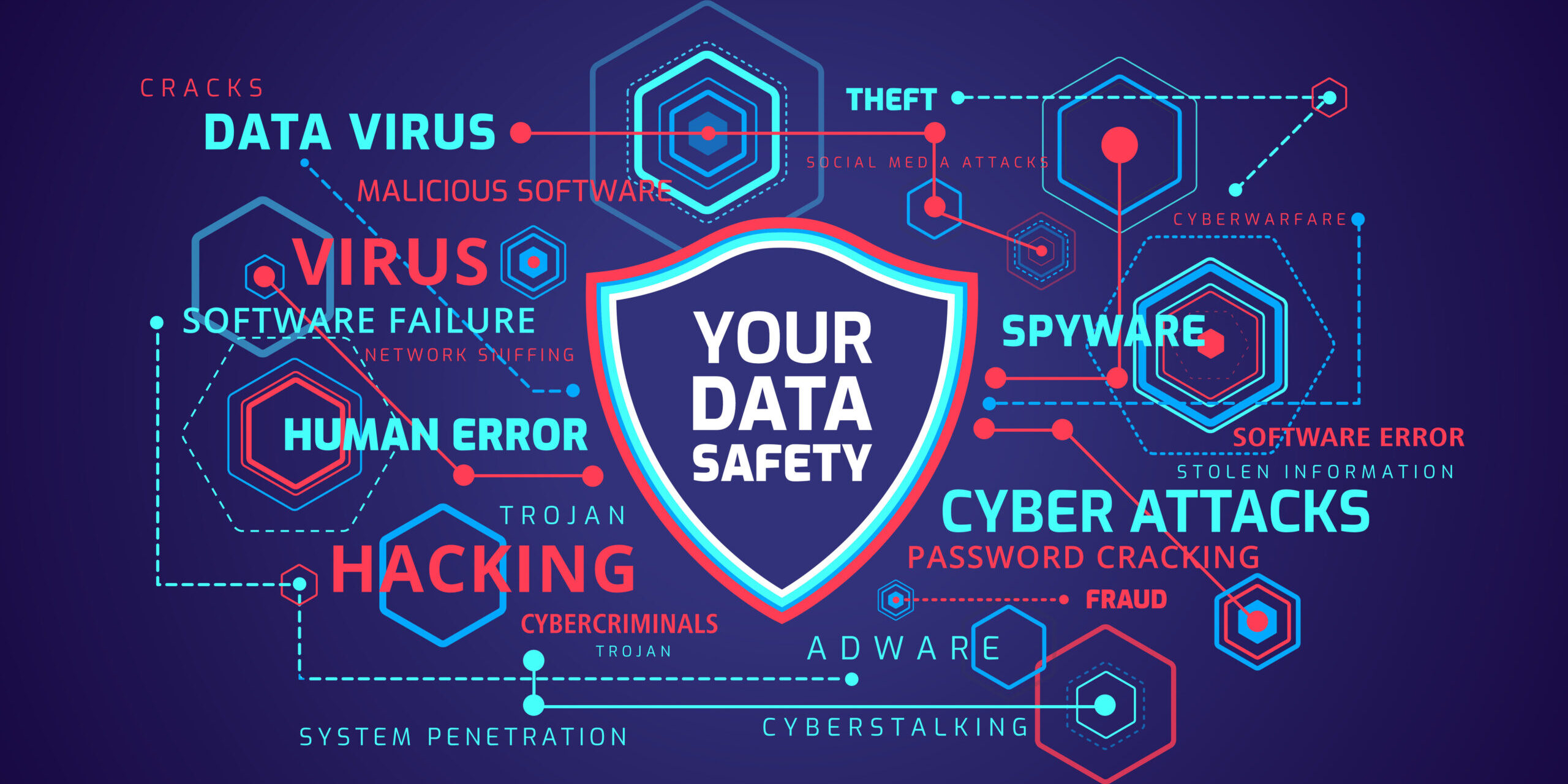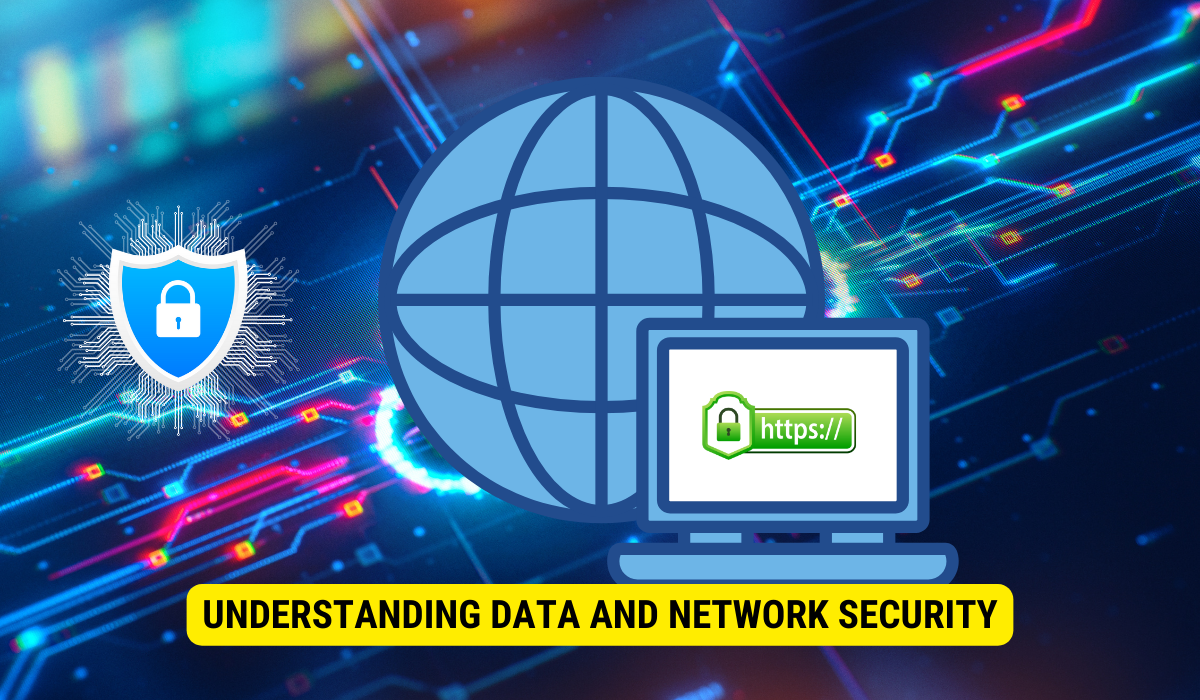Exactly How Data and Network Safety And Security Protects Versus Emerging Cyber Threats
In an age marked by the rapid development of cyber hazards, the importance of data and network safety has never ever been extra pronounced. As these hazards come to be much more complicated, understanding the interaction in between information safety and network defenses is necessary for mitigating risks.
Recognizing Cyber Dangers

The ever-evolving nature of modern technology continually introduces new susceptabilities, making it important for stakeholders to stay attentive. People might unwittingly drop victim to social engineering methods, where opponents manipulate them right into divulging delicate info. Organizations face unique obstacles, as cybercriminals often target them to make use of beneficial information or interrupt procedures.
In addition, the surge of the Internet of Things (IoT) has actually increased the assault surface area, as interconnected tools can function as access points for aggressors. Identifying the importance of durable cybersecurity techniques is essential for minimizing these dangers. By promoting a detailed understanding of cyber organizations, individuals and risks can implement reliable techniques to safeguard their electronic properties, making sure strength despite a significantly intricate risk landscape.
Key Components of Information Security
Making sure data safety and security calls for a complex method that encompasses various essential components. One essential element is information security, which transforms delicate info right into an unreadable layout, obtainable just to authorized customers with the appropriate decryption secrets. This acts as an essential line of protection versus unapproved gain access to.
An additional crucial element is gain access to control, which manages who can check out or control data. By applying rigorous individual authentication protocols and role-based access controls, organizations can minimize the danger of insider dangers and information violations.

Additionally, data concealing techniques can be used to secure sensitive information while still permitting for its usage in non-production atmospheres, such as testing and advancement. fft perimeter intrusion solutions.
Network Security Techniques
Carrying out durable network protection methods is crucial for safeguarding an organization's digital infrastructure. These strategies entail a multi-layered approach that consists of both hardware and software application options designed to secure the integrity, privacy, and availability of data.
One important component of network safety and security is the deployment of firewall programs, which offer as an obstacle between trusted internal networks and untrusted outside networks. Firewalls can be hardware-based, software-based, or a combination of both, and they help filter inbound and outward bound web traffic based upon predefined safety and security regulations.
Furthermore, intrusion detection and avoidance systems (IDPS) play a crucial role in checking network web traffic for suspicious activities. These systems can notify administrators to prospective violations and act to mitigate dangers in real-time. Frequently updating and covering software is also vital, as vulnerabilities can be made use of by cybercriminals.
In addition, implementing Virtual Private Networks (VPNs) guarantees safe and secure remote access, encrypting information transmitted over public networks. Finally, segmenting networks can reduce the strike surface area and have possible violations, restricting their effect on the total infrastructure. By taking on these techniques, organizations can efficiently fortify their networks versus emerging cyber risks.
Best Practices for Organizations
Establishing best methods for companies is crucial in preserving a solid security stance. A thorough approach to data and network security begins with regular threat evaluations to recognize susceptabilities and prospective risks.
Furthermore, constant staff member training and awareness programs are necessary. Staff members must be informed on recognizing phishing efforts, social engineering strategies, and the importance of sticking to protection procedures. Routine updates and spot administration for software application and systems are likewise vital to secure against recognized susceptabilities.
Organizations need to check and establish event response intends to make sure readiness for prospective breaches. This consists of establishing clear communication channels and roles throughout a safety and view it now security incident. Data security should be utilized both at remainder and in transportation to secure sensitive information.
Lastly, carrying out routine audits and conformity checks will certainly aid make learn the facts here now certain adherence to pertinent laws and well-known policies - fft perimeter intrusion solutions. By adhering to these best methods, organizations can substantially boost their durability against arising cyber risks and protect their vital properties
Future Trends in Cybersecurity
As companies navigate a progressively complicated digital landscape, the future of cybersecurity is poised to evolve substantially, driven by moving and emerging innovations threat standards. One prominent trend is the integration of fabricated intelligence (AI) and equipment learning (ML) right into security frameworks, permitting real-time threat detection and feedback automation. These modern technologies can assess huge amounts of information to determine anomalies and prospective violations more successfully than typical approaches.
An additional vital fad is the increase of zero-trust architecture, which needs continual confirmation of individual identifications and tool protection, despite their place. This approach reduces the threat of insider hazards and enhances defense versus external assaults.
In addition, the raising fostering of cloud solutions necessitates robust cloud safety techniques that deal with one-of-a-kind vulnerabilities connected with cloud environments. As remote work becomes a long-term component, safeguarding endpoints will certainly also end up being vital, leading to an elevated focus on endpoint discovery and response (EDR) options.
Finally, regulatory compliance will remain to shape cybersecurity methods, pushing companies to take on more rigorous data protection actions. Embracing these fads will certainly be necessary for companies to fortify their defenses and browse the evolving landscape of cyber dangers successfully.
Conclusion
In conclusion, the implementation of durable information and network safety and security procedures is crucial for organizations to secure versus arising cyber hazards. By making use of file encryption, access control, and reliable network protection approaches, organizations can substantially reduce vulnerabilities and secure delicate information. Embracing ideal techniques even more boosts get redirected here strength, preparing companies to face evolving cyber challenges. As cybersecurity continues to progress, remaining notified regarding future fads will certainly be vital in preserving a strong defense versus prospective hazards.
In a period noted by the quick evolution of cyber risks, the significance of information and network protection has never ever been much more obvious. As these hazards come to be much more intricate, comprehending the interaction in between data safety and network defenses is vital for mitigating threats. Cyber risks include a wide range of destructive activities aimed at endangering the confidentiality, stability, and accessibility of data and networks. An extensive technique to information and network safety starts with regular risk assessments to recognize susceptabilities and possible hazards.In conclusion, the application of durable data and network safety steps is necessary for companies to protect versus emerging cyber threats.